Jim Crawford, Lessons in Courage
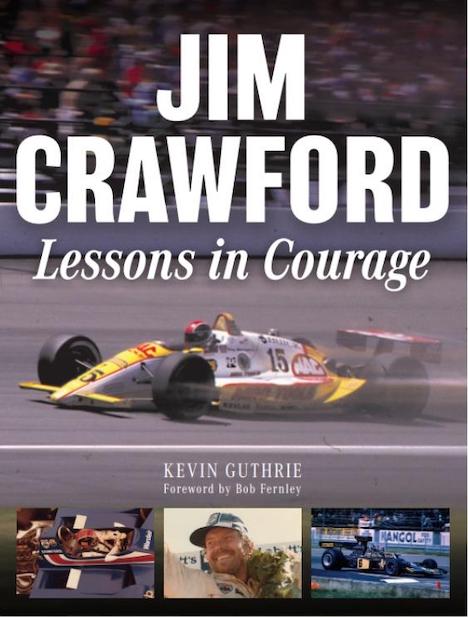 by Kevin Guthrie
by Kevin Guthrie
“Between us, we’ve won it eight times. So I think we’re looking good.”
—Jim Crawford, flanked by Al Unser and AJ Foyt, both four-time winners, on the Indy 500 grid, 1992
If you had watched the Formule Libre race at Croft Circuit in autumn 1972, as I did, there’s one thing you won’t have forgotten. On a typically cool and grey day in the North East of England, an almost unknown driver called Jim Crawford (1948–2002) gave an astonishing performance in his friend’s Lotus 69, taking second from local hero and one-time Can Am winner Tony Dean. Crawford was given a Lotus F1 testing contract less than two years later, when competing in Formula Atlantic, and he made his Formula 1 debut in the ageing Lotus 72 at Silverstone in April 1975. It was a meteoric rise for the unassuming lad from Bolton, but the F1 dream faded almost as quickly as it had begun to shine. Crawford returned to racing whatever he could lay his hands on in Britain and Europe, returning to Formula Atlantic as well as racing in domestic F1, as well as F2 and F3. His talent ensured he’d enjoy success, but he still looked destined never to ascend the heights of which many had thought him capable. That is, until he moved to the USA and fell in love with the Indianapolis 500.
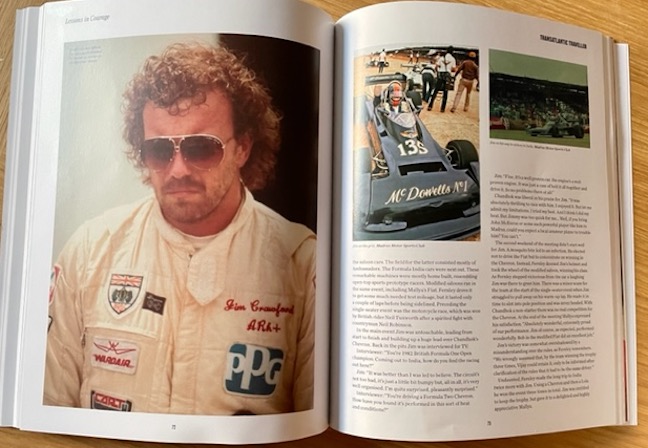
Author Kevin Guthrie has meticulously chronicled the life of the “Fife born, Lancashire bred” Crawford, and the lengthy acknowledgments illustrate just how exhaustively this book was researched. Names include the well-known—Tommy Byrne, Derek Daly, Willy T. Ribbs and Bobby Rahal—and a host of supporting characters familiar only to those who, like the reviewer, spent too much time at UK race circuits in the 1970s and ‘80s. Names such as Stephen Choularton (who owned the Lotus 69 Crawford drove at Croft), Kim Mather, and Ted Wentz. Crawford’s story is told in a workmanlike and unobtrusive style, perhaps reminiscent of his Performance Publishing stablemate Richard Jenkins’ recent books on Mike Spence and Richie Ginther. The book’s relative brevity belies its wealth of detail, thanks in part to a font that is very nearly too small and a huge number of photographs, most of them new to me. And who cares if some of the early pictures are a tad grainy, this is the scuzzy Seventies we’re talking about, when even life itself rarely felt in sharp focus.
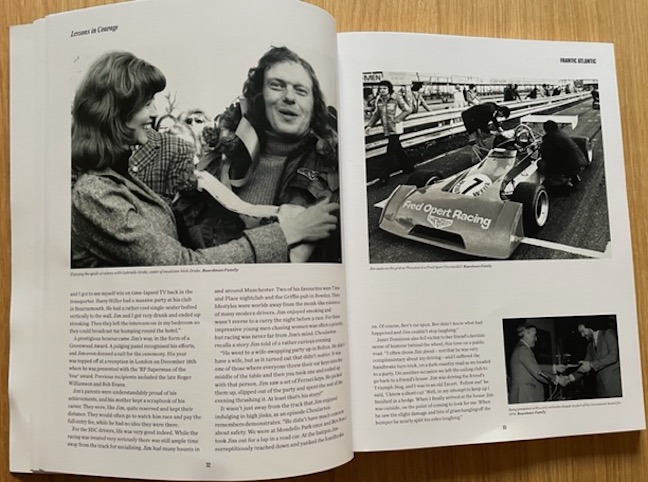
This is an affectionate portrait of a driver who touched the hem of greatness, but through bad luck and, possibly poor judgement too, was knocked back time and time again. Kevin Guthrie describes Crawford as almost being defined by his everyman persona, the sort of bloke (as you’d call a “guy” in Bolton) with whom you’d enjoy a laugh and a pint of bitter in the pub. People from Bolton are like that—there’s no airs and graces, they’re not posh lads like James Hunt or exotic Latins like Emerson Fittipaldi—but they’re the salt of the earth you’d want on your side if the going got tough. There are some lovely anecdotes about the high jinks Crawford got up to in that lost era when racing’s inherent dangers were counterbalanced by off-track fun and games. We read of high speed japes in borrowed road cars, booze-fueled benders and even “a wife swapping party in Bolton” where the unmarried Jim ended up thrashing someone else’s Ferrari while the owner was preoccupied with more carnal matters.
 After his racing gypsy forays in Formula Atlantic and Can Am, it was almost inevitable that the United States of America would become Crawford’s home, with the Indy 500 at its epicenter. He made his debut at the Brickyard in 1984, describing its unique challenge in this way: “You walk down to take a look at Turn One and you think you’ll be hard on the brakes and changing down about three gears. Then somebody says no, you do it flat out. You think they must be crazy. But they are right.“ Triumph, heartbreak, injury and joy punctuated Crawford’s years at Indy, surely his very own Field of Dreams? Turn One became his nemesis in 1987 and the author quotes verbatim the chilling text of the official accident report: “. . . turn 1, spun once 360 feet and hit the wall . . . slid through the south short chute 860 feet . . . dislocation and fractures of both ankles and a fracture of the lower shin bone.” In a recovery which echoes the grit of his compatriots Graham Hill and Johnny Herbert, Jim lived to race again, and I bet there were not many dry eyes when he limped down Gasoline Alley at the 1988 500, there to race a year-old Lola-Buick. Before the race, a visiting Bolton friend had said to Jim “You can’t f***ing walk.” The perfectly worded reply was “That’s not really the point of a motor race.” Jim was right and he went on not only to win many hearts, but very nearly the race itself. Technical problems intervened but, come on, sixth place, a year after that crash that nearly killed him? Respect.
After his racing gypsy forays in Formula Atlantic and Can Am, it was almost inevitable that the United States of America would become Crawford’s home, with the Indy 500 at its epicenter. He made his debut at the Brickyard in 1984, describing its unique challenge in this way: “You walk down to take a look at Turn One and you think you’ll be hard on the brakes and changing down about three gears. Then somebody says no, you do it flat out. You think they must be crazy. But they are right.“ Triumph, heartbreak, injury and joy punctuated Crawford’s years at Indy, surely his very own Field of Dreams? Turn One became his nemesis in 1987 and the author quotes verbatim the chilling text of the official accident report: “. . . turn 1, spun once 360 feet and hit the wall . . . slid through the south short chute 860 feet . . . dislocation and fractures of both ankles and a fracture of the lower shin bone.” In a recovery which echoes the grit of his compatriots Graham Hill and Johnny Herbert, Jim lived to race again, and I bet there were not many dry eyes when he limped down Gasoline Alley at the 1988 500, there to race a year-old Lola-Buick. Before the race, a visiting Bolton friend had said to Jim “You can’t f***ing walk.” The perfectly worded reply was “That’s not really the point of a motor race.” Jim was right and he went on not only to win many hearts, but very nearly the race itself. Technical problems intervened but, come on, sixth place, a year after that crash that nearly killed him? Respect.
Crawford lived for the Indy 500, and arguably he died for it too. He continued to compete at Indy until 1995, then semi retiring to Florida where he died five years later, the toxic legacy of the injuries he had sustained that May 9, 1987. Jim Crawford’s story deserved to be properly told before memories faded of this likable and talented driver. It is obvious that this book was a labor of love for Kevin Guthrie, and he can be proud of his achievement. It is a work which will be enjoyed by readers on both sides of the Atlantic, but especially by the residents of Indiana’s state capital.
I will leave the last words to the man himself, about his beloved 500: “I don’t think I’ll ever make a conscious decision not to come back here . . . I’ll come back until it quits me.”
Copyright John Aston, 2023 (speedreaders.info)


 RSS Feed - Comments
RSS Feed - Comments
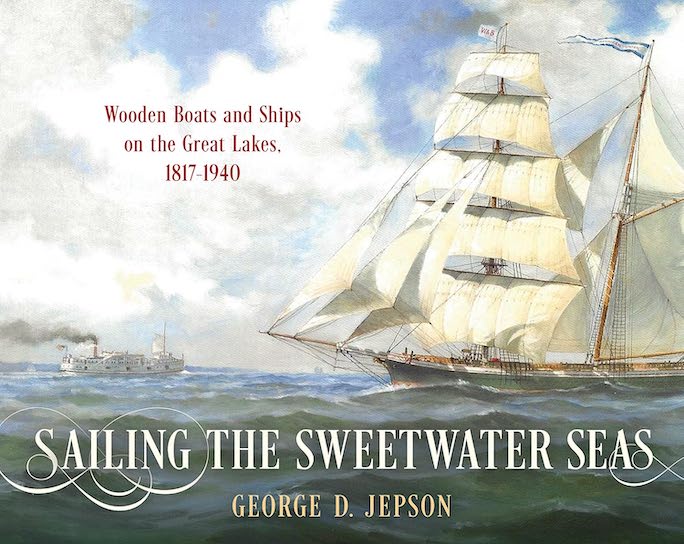
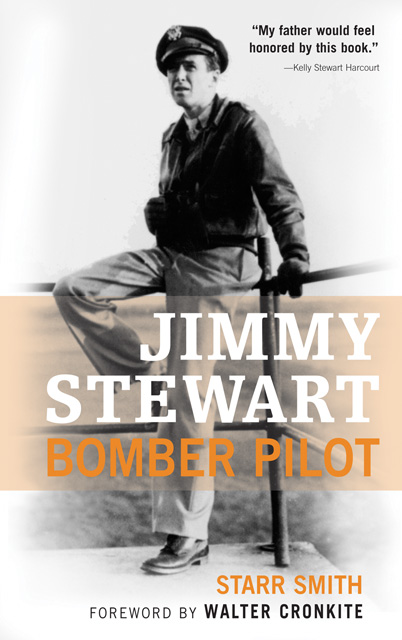



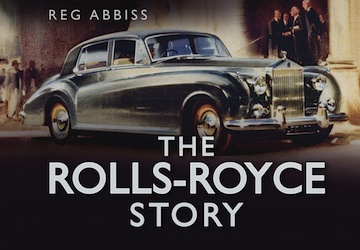

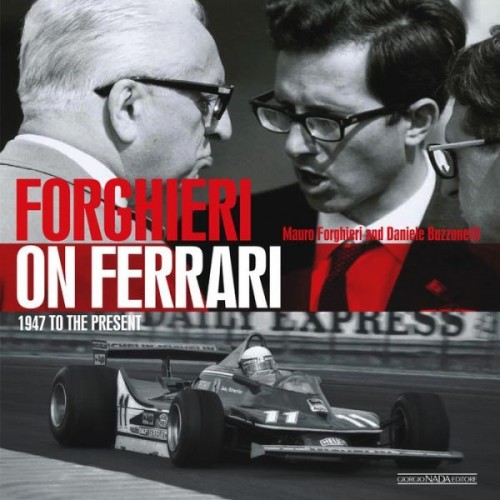
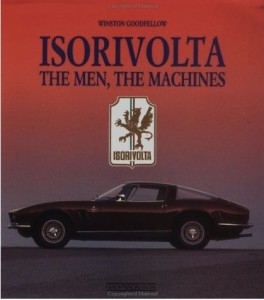

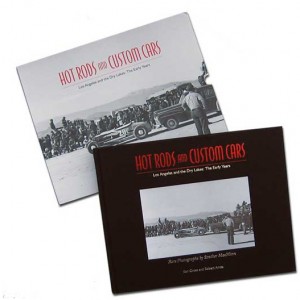
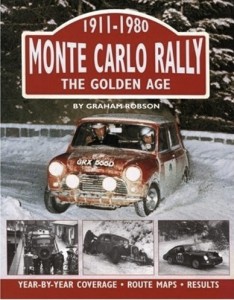




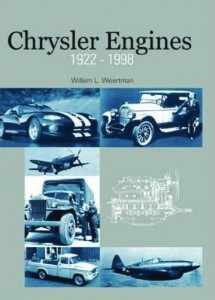




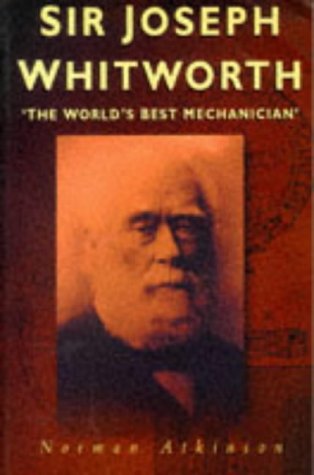



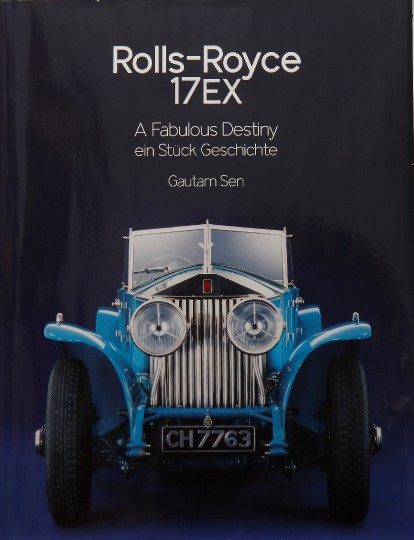
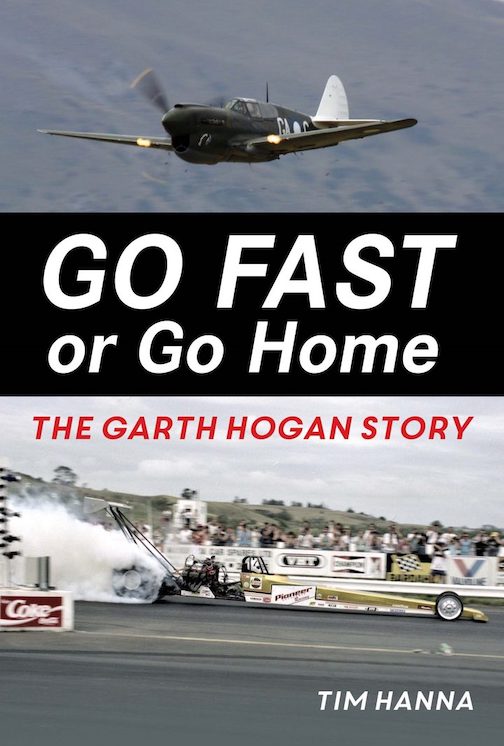

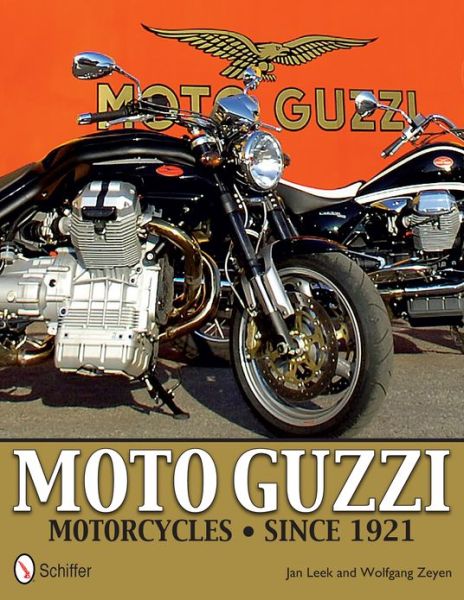
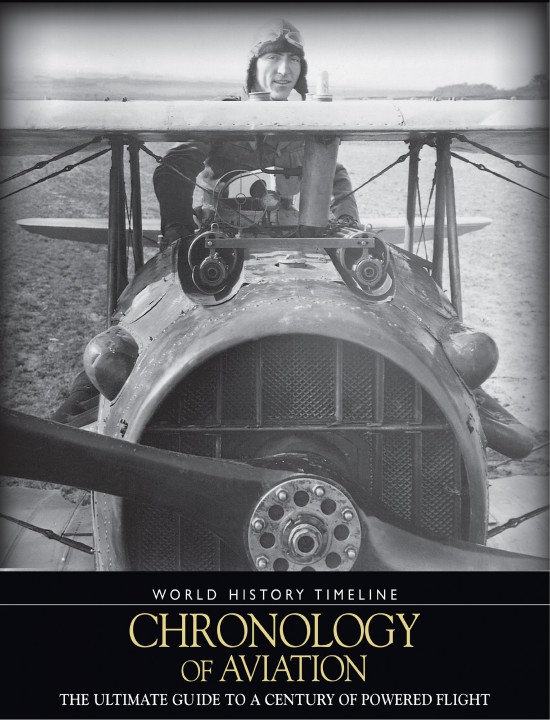

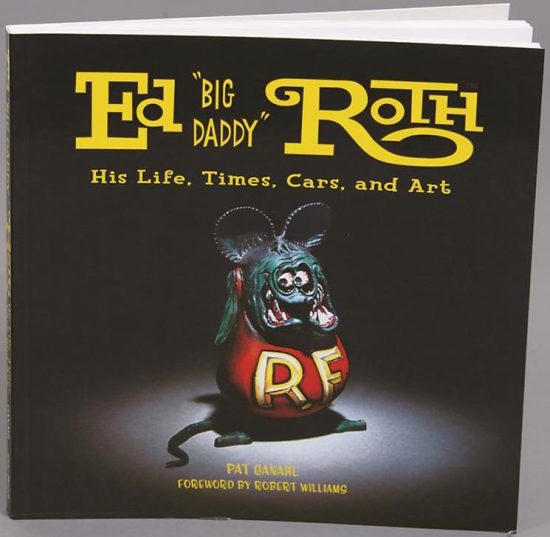






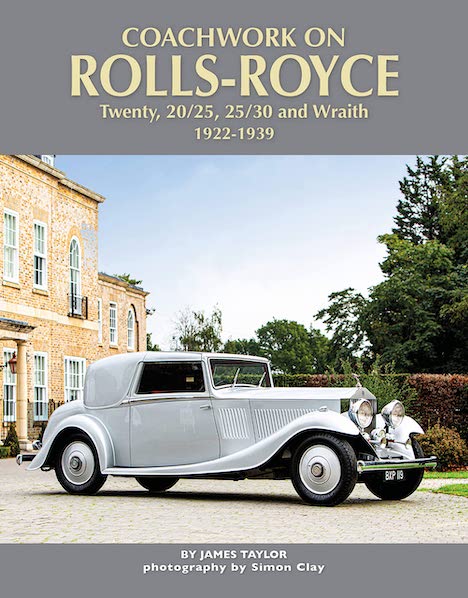

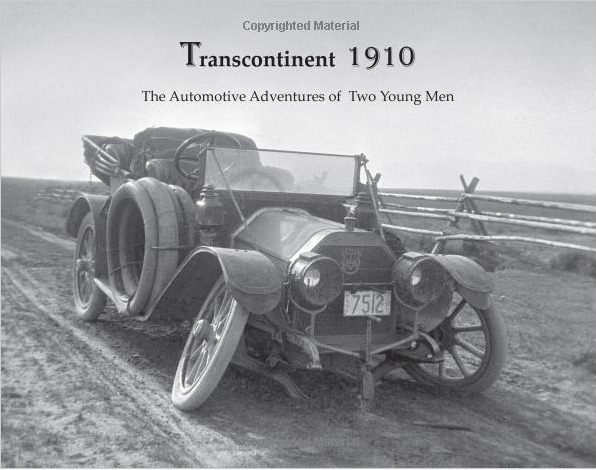
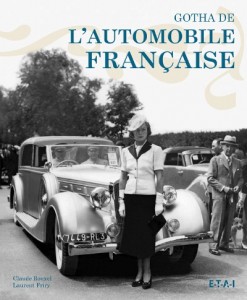


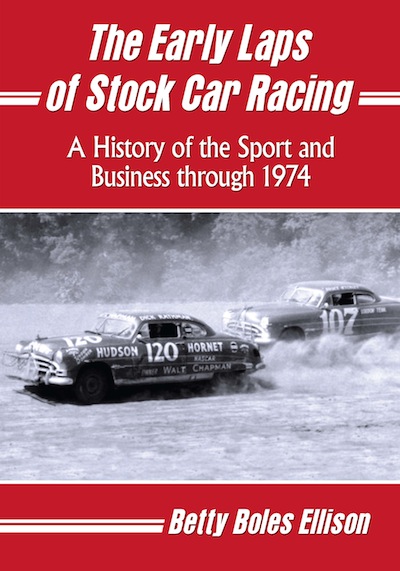
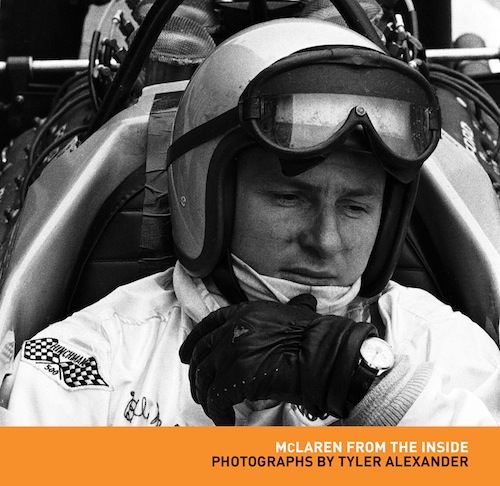


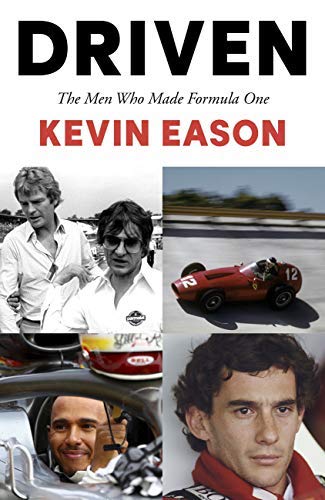

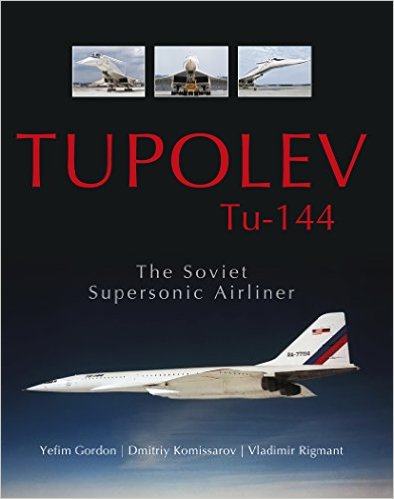
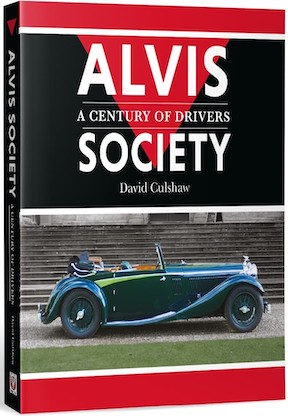


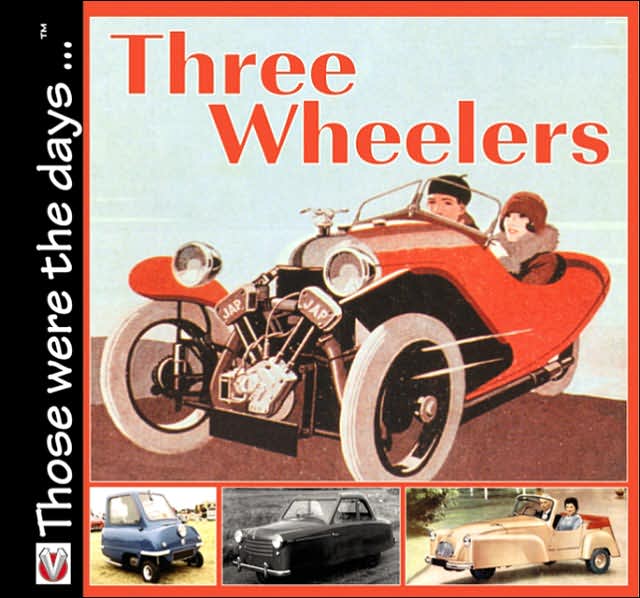
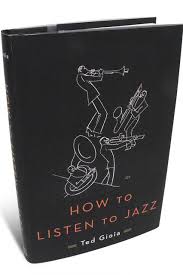
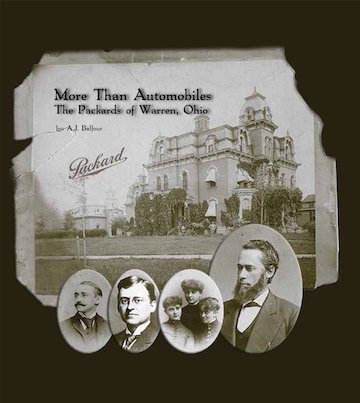
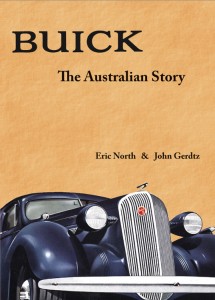





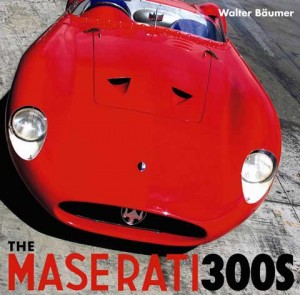


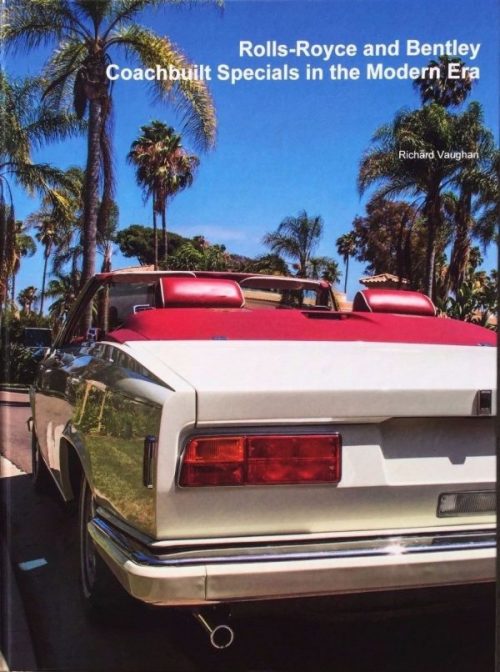
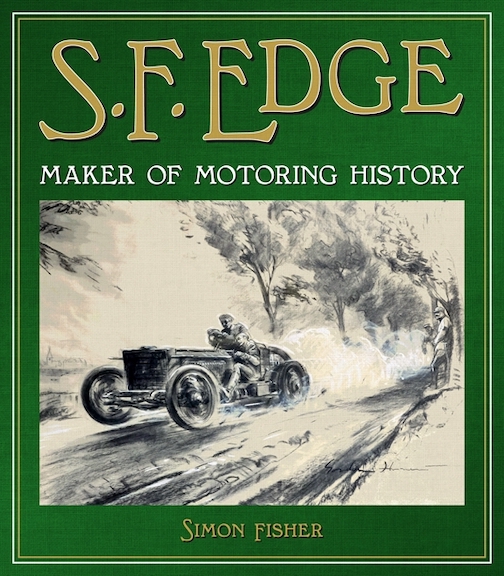
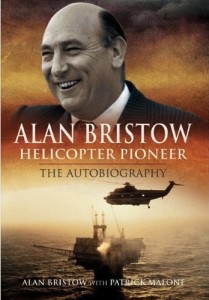

 Phone / Mail / Email
Phone / Mail / Email RSS Feed
RSS Feed Facebook
Facebook Twitter
Twitter